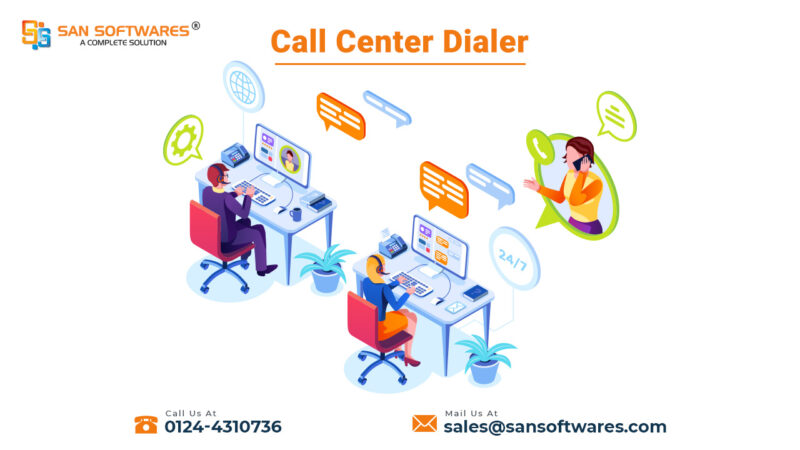Top Features of Choosing Video Content Monetization Platform

Video monetization refers to the process of earning money from the video content you create and distribute. It involves various strategies and methods to generate revenue directly or indirectly from your videos. Here’s how video monetization typically works:
- Creation of Video Content: The process starts with creating high-quality and engaging video content that appeals to your target audience. This content can vary widely depending on your niche, interests, and expertise, ranging from tutorials and entertainment to educational or informative content.
- Choosing a Monetization Platform: Once you have your video content ready, you need to choose a monetization platform to distribute and monetize your videos. Popular platforms include YouTube, Vimeo, Twitch, Facebook, and various video streaming services.
- Enabling Monetization: Depending on the platform, you’ll need to meet certain eligibility criteria to enable monetization on your videos. This may include reaching a minimum threshold of subscribers, watch hours, or adhering to community guidelines and copyright policies.
- Monetization Methods:
a. Advertising Revenue: The most common method of video monetization is through advertising revenue. Platforms like YouTube and Facebook allow creators to earn money by displaying ads before, during, or after their videos. Creators typically receive a share of the advertising revenue generated from these ads, based on factors like ad impressions, click-through rates, and viewer engagement.
b. Subscription Models: Some platforms offer subscription-based models where viewers pay a recurring fee to access premium content or ad-free viewing. Creators can earn revenue through subscription fees, with platforms like Patreon allowing fans to directly support their favorite creators through monthly pledges.
c. Sponsorships and Brand Deals: Creators can collaborate with brands and advertisers to create sponsored content or product placements within their videos. Brands may pay creators to feature their products, services, or promote their brand in exchange for compensation.
d. Affiliate Marketing: Creators can include affiliate links in their video descriptions or within the videos themselves. When viewers purchase products or services through these affiliate links, creators earn a commission on the sales generated.
e. Merchandise Sales: Creators can sell branded merchandise such as clothing, accessories, or digital products to their audience. Merchandise sales can be promoted within videos, on social media, or through dedicated online stores.
- Optimizing Monetization Strategies: To maximize revenue from video monetization, creators often optimize their strategies based on audience feedback, analytics data, and industry trends. This may involve experimenting with different monetization methods, refining content quality, engaging with the audience, and leveraging marketing techniques to grow their audience and revenue streams.
When choosing a video content monetization platform, it’s essential to consider various features to ensure it aligns with your goals and needs as a content creator. Here are the top 10 features to look for:
- Monetization Options: Look for a platform that offers diverse monetization options, including advertising revenue, subscriptions, pay-per-view, donations, merchandise sales, and sponsorships. Having multiple revenue streams can maximize your earning potential.
- Audience Reach: Consider the platform’s audience size and demographics. Choose a platform with a large and relevant audience that matches your target market to maximize your content’s visibility and revenue potential.
- Creator Support and Resources: Look for a platform that provides comprehensive support and resources for creators, including tutorials, forums, and dedicated support channels. This can help you navigate the platform effectively and optimize your monetization strategies.
- Customization and Branding: Choose a platform that allows you to customize your channel or profile to reflect your brand identity. Look for features such as customizable thumbnails, channel banners, and branding options to create a cohesive and professional image.
- Analytics and Reporting: Look for robust analytics tools that provide insights into your audience demographics, viewing behavior, engagement metrics, and revenue performance. Analyzing this data can help you make informed decisions to optimize your content and monetization strategies.
- Monetization Thresholds and Policies: Review the platform’s monetization thresholds, eligibility requirements, and monetization policies. Ensure that you meet the criteria and understand the platform’s terms and conditions before investing time and effort into creating and monetizing your content.
- Content Control and Copyright Protection: Choose a platform that offers content control features, such as copyright protection, content ID systems, and content moderation tools. Protecting your intellectual property rights and maintaining control over your content is crucial for long-term success.
- Community and Interaction Features: Look for features that facilitate community engagement and interaction, such as comments, likes, shares, live chat, and community forums. Building a strong and engaged audience can enhance your monetization opportunities and foster long-term relationships with your viewers.
- Mobile Compatibility and Accessibility: Ensure that the platform is mobile-friendly and accessible across different devices and platforms, including smartphones, tablets, and smart TVs. Accessibility is essential for reaching a broader audience and maximizing your content’s exposure and revenue potential.
- Revenue Sharing and Payouts: Review the platform’s revenue sharing model and payout options. Choose a platform that offers transparent revenue sharing terms, timely payouts, and multiple payment methods to ensure that you receive fair compensation for your content.
By considering these features and conducting thorough research, you can choose the right video content monetization platform that best suits your needs and helps you achieve your monetization goals as a content creator.





